Merfolks in Mythology
Siren, selkie, merrow, mermaid, merman or ningyo are some of the most popular mythonyms (proper nouns used to classify mythological beings) to refer to one of the most common and popular humanoid aquatic creatures in fairy tales that populate the collective imagination of many people.
In Brazil, we also have our legend through the tale of Iara (Uiara, the one who lives in the rivers), or Mãe-d'água, who was a brave indigenous warrior who became the mermaid of the Amazon River, of great beauty and courage.
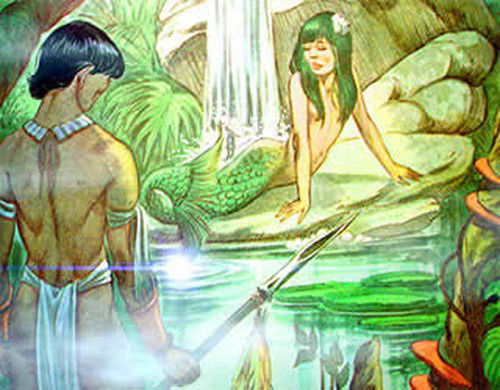
Although there are several tales and legends spread across different cultures and times of history, generally reports, records and descriptions tend to agree that its anatomy is composed of a fish tail that connects, through the pelvic region, to a human torso.
Its skin resembles, in texture and colors, that of local aquatic species, showing more (or less) pronounced aquatic/amphibian traits, even on the human part (gills, scales, additional fins), having evolved to adapt better to the different environmental pressures of each plane that inhabit the multiverse.
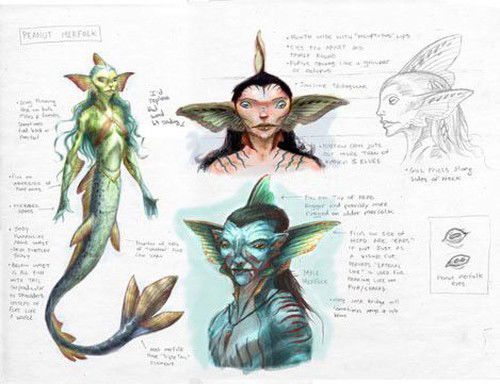
In addition, their beauty is notorious and feared by sailors, as it is known that their singing and voice can be hypnotic, usually enchanting men, who voluntarily throw themselves or are dragged from the edges of ships and rocks to the bottom of the sea, where they disappear never to be seen again.
Media Representation
Probably the best known mermaid in modern POP culture, in movies or television, remains by far Ariel, the Little Mermaid, responsible for popularizing and presenting a more “friendly” image for her species, historically described as a monster to be feared and avoided.
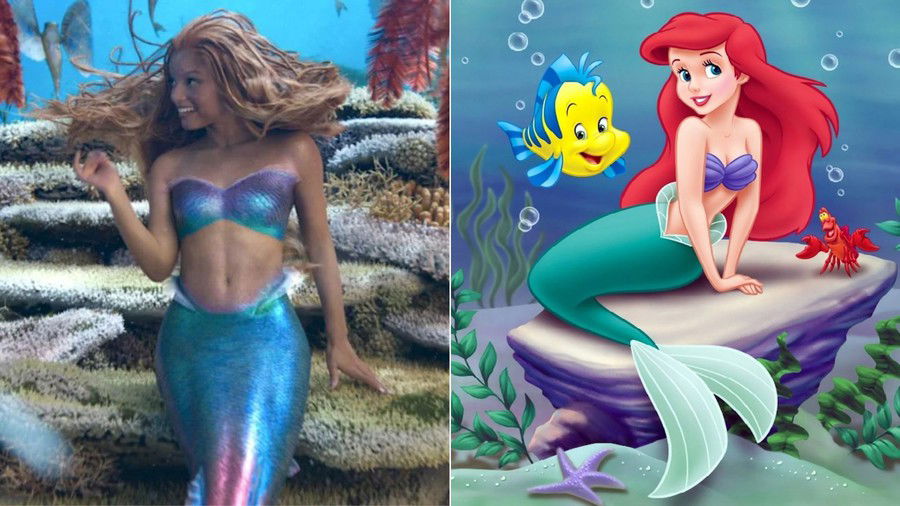
There are several “B-side” films, made to go straight to North American television, during the 90s and 2000s, of medium popularity, such as “Sabrina Down Under”, from 1999 and "H₂O - Mermaid Adventures, from 2006.
Merfolks' Aesthetics and Design Evolution within MTG
Perhaps not all players know, but during its conception, back in the early days of game design, Richard Garfield (PhD in combinatorial mathematics and "creator" of Magic), imagined a concept where each of the 5 mana colors would have a creature type that would represent it (presented out of WUBRG order for a more dramatic reveal):
Soldiers for White, Zombies for Black, Goblins for Red, Elves for Green, and for Blue, he chose Merfolk.

As the game evolved, they were represented in all 5 Color Pie colors (the symbolic division of each color into archetypes or abilities and “intents” typically associated with that color in the game).

Although they were originally conceived within the stereotypical anatomy of a “mermaid”, this design has been explored, altered and pushed to its limits, even experimented with biped merfolks, having evolved to be able to better deal with terrestrial peoples, attesting to the incredible adaptive capacity of this species to the most diverse challenges they may encounter.

Important Lore References and Characters
Merfolks exist on many Planes of the Multiverse, where they generally inhabit the great oceans, the greatest rivers, aquifer systems, archipelagos, and in one particular case, the Etlan Shiis (who we know as "Atlantis") created Vodalia, an entire civilization in the on the back of a water leviathan, which they call Slinn Voda, in the waters that bathe the region of Sarpadia, in Dominaria.

Many events in Dominaria involve Merfolks, such as the famous villain Ambassador Laquatus (and his Laquatus's Champion) during the events of the Odyssey block, released in September 2001, who wanted to murder the rest of his people to, with the trust of the Cephalids (a race of humanoid octopuses), obtain the Mirari (which deserves its own article) and obtain incredible power. We also have Empress Galina, responsible for creating New Vodalia and the Order of the Pearl Trident, her elite guard.
In Ixalan, they are one of the main races of the plane and Kumena, leader of one of the clans, plays an important role in the events that culminate in the Planeswalker Tezzeret, Agent of Bolas succeeding in stealing the artifact known as The Immortal Sun, for Nicol-Bolas, Dragon God, whose plans are revealed in War of the Spark.
More recently, in Zendikar Rising, we have the presence of Zareth San, the Trickster, a merfolk who helps Nahiri, Heir of the Ancients (almost constantly out of water!) understand what is happening to his plane and is, in the end, betrayed.
Technical Sheet
General Information
As of this article's publication date, the MTG Multiverse has 288 cards with the Merfolk Subtype; of which only 30 are Legendary Creatures and 3 are spells (2 spells and 1 enchantment) with the Subtype Tribal Sorcery - Merfolk or Tribal Enchantment - Merfolk.

The first set that introduced cards with this Subtype was Alpha, with only two cards: Lord of Atlantis and Merfolk of the Pearl Trident, in January 1994.
Then The Dark, in August 1994 featured Merfolk Assassin and, finally, Fallen Empires brought us another 6 cards, released in November 1994, closing the first year of Magic and the merfolks, which continue to appear until today. - mainly on Planes where there are large expanses or deep bodies of water, such as Ixalan, Lorwyn and Ravnica.

Main Associated Mechanics
As we can see, having the tribe spread out to all colors allows each set's design teams to explore its abilities and mechanics along multiple lines; while that's great, it makes it difficult for us to find many recurring abilities for creatures. Overall, we can say that the most consistent abilities would be those of “Lord” type effects (see below).

Relevance in Formats
While this tribe haven't seen massive, consistent competitive wins on the pro circuit for almost a decade, they are still capable of taking the pint at local events in the major formats they appear in (EDH and Modern). It's a tribe that still sees play today, with its most popular Legendary Adrix and Nev, Twincasters having 5,808 decks (rank #89 in popularity). As for the Pioneer format, there are several lists on the internet achieving varying results, but, overall, the archetype has yet to “make its name” in an expressive way.
However, its “home” has always been Modern, with the “Merfolks” archetype being one of the oldest archetypes still present, given the high amount of “Lords” that the tribe has (creatures, usually with total mana value 3 or less, which has a passive ability, usually granting +1/+1, that benefits all creatures of a certain subtype you control, such as Merfolk Sovereign or to all creatures in play such as Sedge Sliver), as well as taking advantage of occasionally some new card appears that threatens to provoke its resurgence from the depths of the tier list.
In general, it suffers from the same weaknesses as in other formats (depending almost exclusively on creatures and their synergies, which end up suffering because they “die for removal”), nevertheless, it occasionally sees play even in Legacy/Vintage (much due to the powerful spells banned in all other formats, which allow you to compensate for card draw and mana ramp, etc).
10 Recommendations for this Tribe
If I say this is a list of the top 10 cards for the archetype, people'll be killing it in the comments because I certainly left some out, so here's a recommendation of 10 merfolks that are at the very least worth a look through the formats (the cards aren't in any specific order):

Legendary Merfolks For Commander
Deck Examples
Pioneer
Modern
EDH
Conclusion
That's all for today! See you in the next article!

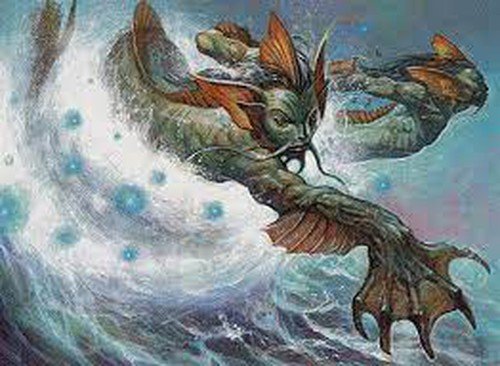







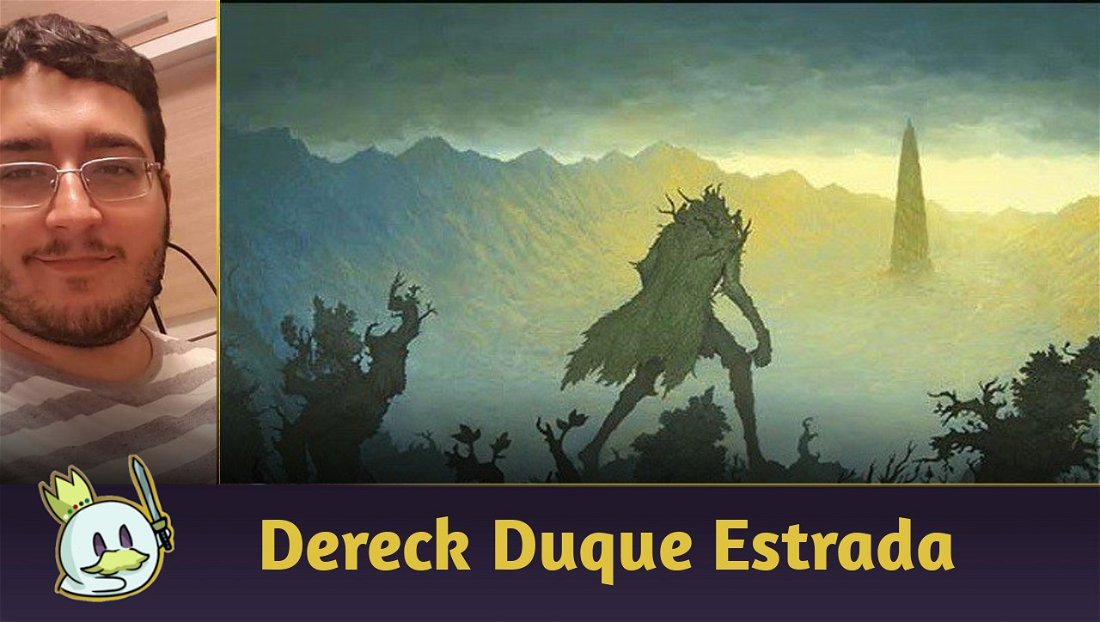
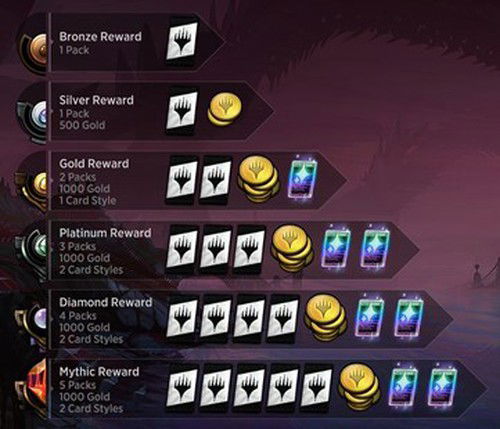

— Comments 0
, Reactions 1
Be the first to comment